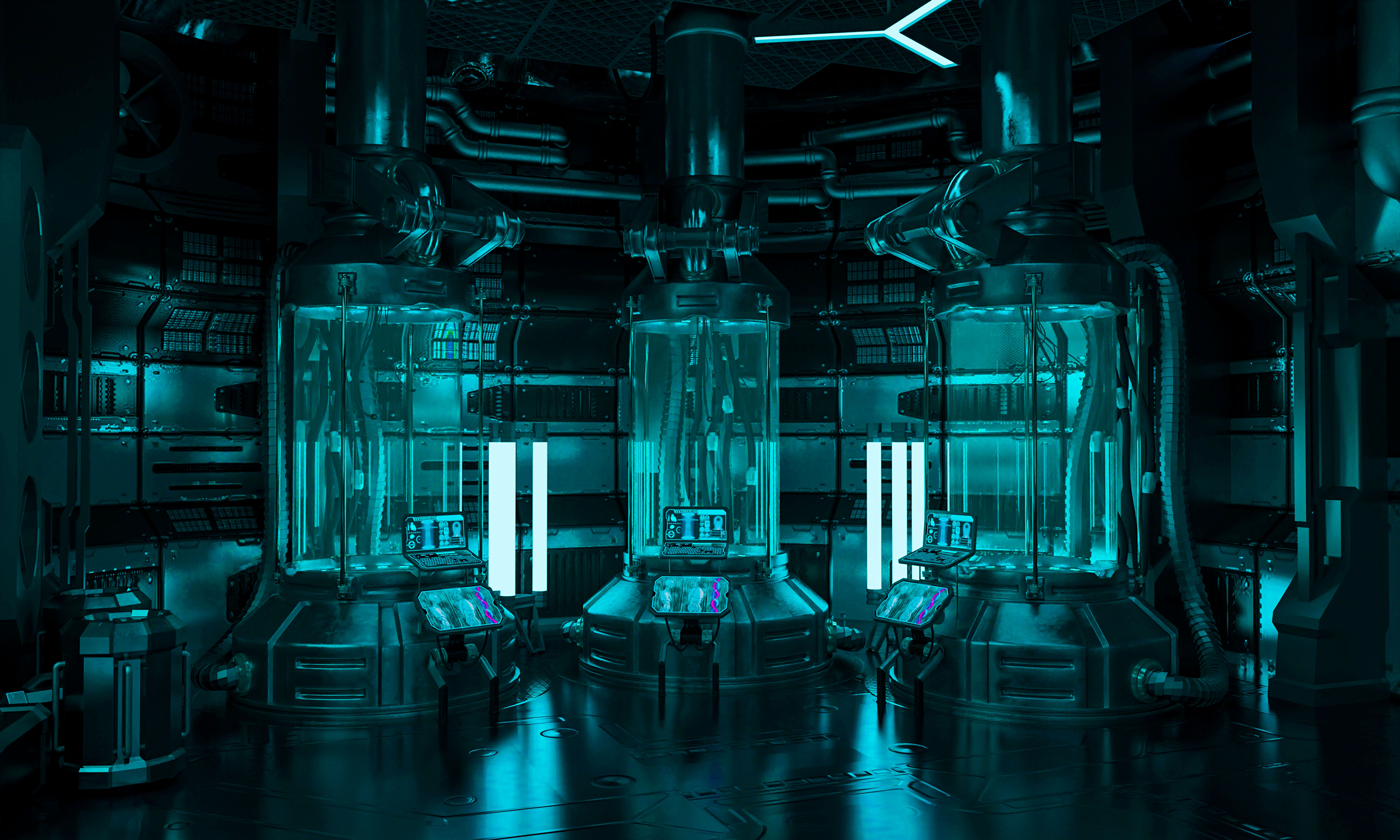Introduction
Cryonics, the practice of preserving humans and animals at extremely low temperatures with the hope of future revival, has long been a subject of fascination and controversy. As advancements in longevity biotechnology and regenerative medicine accelerate, the debate over cryonics intensifies. This article explores the current state of cryonics, its scientific foundations, and the challenges it faces.
Understanding Cryonics
Cryonics involves cooling a legally deceased body to cryogenic temperatures to halt biological processes and prevent decay. The ultimate goal is to preserve the body until future technologies can revive and restore it to health. Key steps in the process include:
- Stabilization: Immediately after death, the body is cooled with ice water, and oxygen is maintained using CPR and oxygen masks to keep tissues viable.
- Cryoprotection: The body is infused with cryoprotectants to prevent ice formation, which can cause cellular damage.
- Vitrification: The body is gradually cooled to -320°F (-196°C) in a liquid nitrogen vapor chamber, transitioning tissues into a glass-like state to avoid crystallization.
While the process seems straightforward, the scientific challenges are immense.
Scientific Foundations and Challenges
Cryonics is deeply rooted in cryobiology, the study of biological materials at low temperatures. While there have been successes in cryopreserving simple tissues and cells, whole-body cryopreservation remains speculative. Key challenges include:
- Ice Crystal Formation: Despite cryoprotectants, ice crystals can still form, damaging cell structures.
- Cellular Damage: Freezing can cause cellular stress, leading to apoptosis (programmed cell death).
- Revival Technology: Current medical technology cannot repair or revive cryonically preserved bodies. Future advancements in molecular nanotechnology and tissue engineering are hypothesized to be necessary for successful revival.
For example, a recent study attempted to vitrify a porcine heart, but the organ cracked upon rewarming, highlighting the limitations of current technologies (Discover Magazine).
Ethical and Practical Considerations
Cryonics raises significant ethical and practical questions. Critics argue that the technology is not only scientifically implausible but also ethically dubious, as it offers false hope and diverts resources from more promising medical research. Moreover, the psychological impact on revived individuals, who may find themselves in a radically different future, is a profound concern.
Conversely, proponents argue that cryonics represents a rational gamble. With no definitive proof that future technologies cannot achieve revival, many see cryonics as an extension of scientific exploration. Notably, researchers at Harvard University have developed new models to predict biological age and assess anti-aging interventions, indicating progress in understanding aging mechanisms (Harvard Gazette).
Current Research and Future Directions
Recent advancements in longevity biotechnology, such as epigenetic clocks and controlled cellular reprogramming, provide insights into the aging process. For instance, researchers at Brigham and Women’s Hospital have created an epigenetic clock that distinguishes between genetic changes that accelerate or decelerate aging. These findings could inform future cryonics research by identifying biomarkers that influence the aging process and evaluating anti-aging interventions more accurately (Nature).
In practice, organizations like Alcor Life Extension Foundation are at the forefront of cryonics research and application. They focus on improving cryopreservation techniques and exploring new methods to minimize tissue damage. Alcor’s ongoing research includes collaborations with institutions to develop better cryoprotectants and vitrification protocols (Alcor Life Extension).
Conclusion
Cryonics remains a highly speculative and contentious field. While the theoretical foundations are intriguing, the practical and scientific challenges are significant. Current advancements in longevity research provide a glimmer of hope, but the path to achieving viable cryonic revival is fraught with obstacles. As technology progresses, the debate over cryonics will continue to captivate and divide scientists, ethicists, and the public alike.












